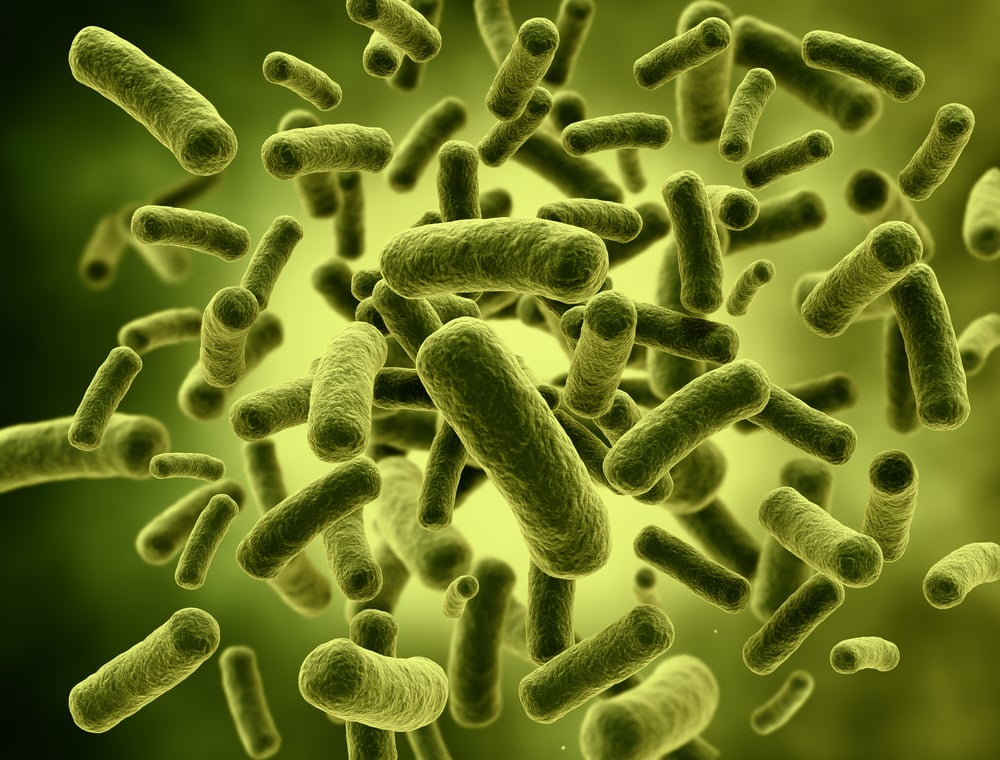Coliform bacteria are a group of microorganisms that are found in the environment, including in soil, water, and feces. The presence of coliform bacteria in milk is an indicator of bacterial contamination and can affect the quality and safety of the milk. In this blog post, we'll explore the importance of controlling coliform content in milk and discuss some of the key considerations for managing this aspect of milk quality.
Coliform bacteria are used as an indicator of bacterial contamination in milk because they are easy to detect and are commonly found in the environment. The presence of coliform bacteria in milk can be an indication of poor hygiene practices during milking, such as inadequate cleaning of the udder and equipment.
To control coliform content in milk, it is important to implement good hygiene practices during milking, such as properly cleaning the udder and equipment and handling the milk carefully to prevent contamination. In addition, it is important to regularly test the milk for coliform bacteria and take corrective action if high levels are detected.
By controlling coliform content in milk, it is possible to ensure the quality and safety of the milk and protect the health of consumers.
Keywords: coliform content, milk, bacterial contamination, microorganisms, soil, water, feces, indicator, quality, safety, hygiene practices, milking, udder, equipment, contamination, testing, corrective action, consumers, health.

